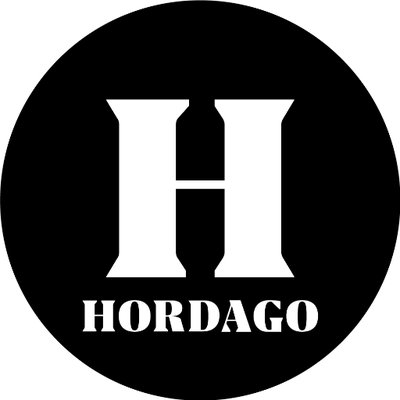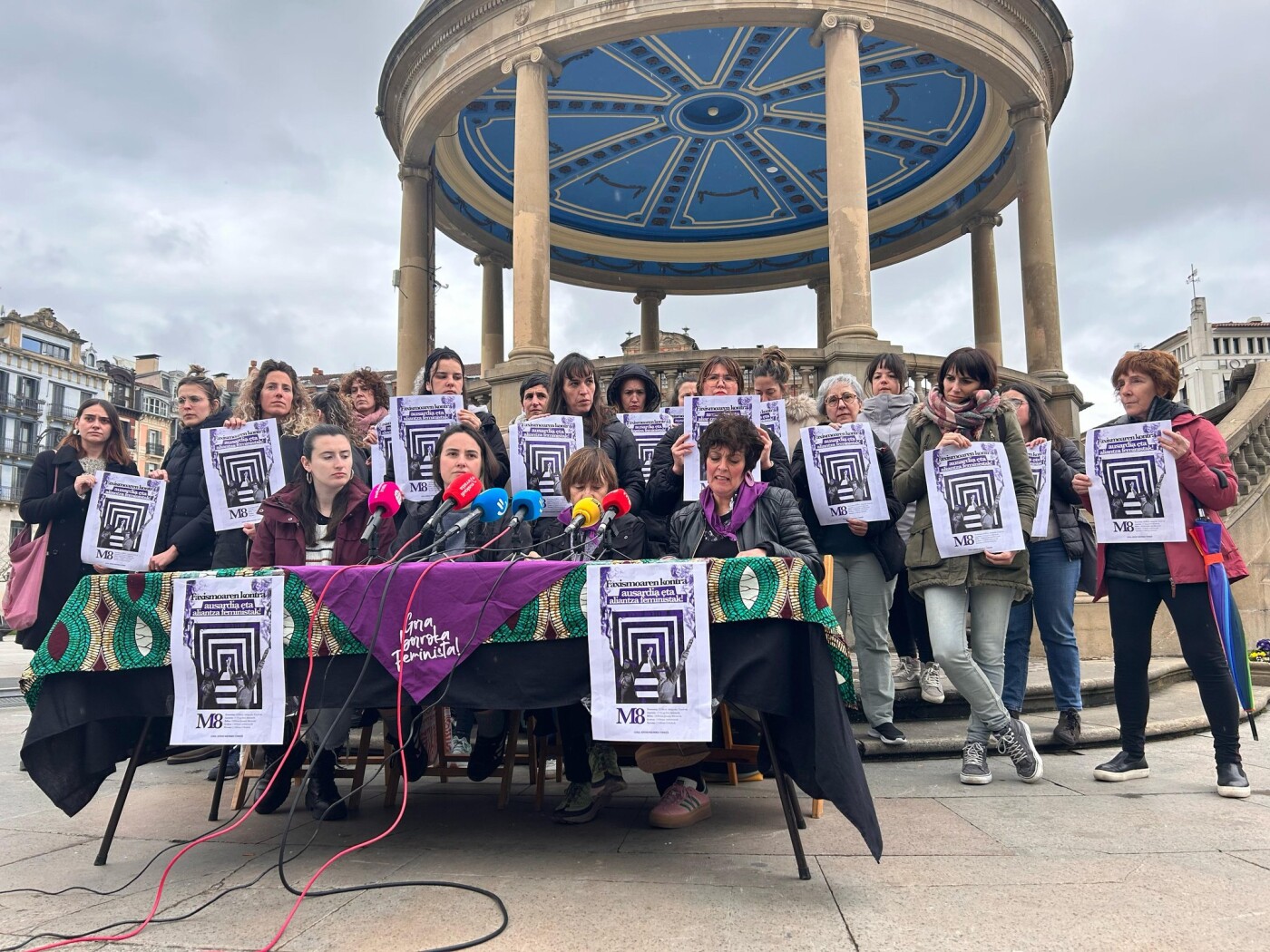Is advertising machista?
- Involuntarily or intentionally, each gender has been linked through advertising with certain values and roles, and its imprint can be seen in many of the attitudes and ideologies of today's society.

Since the creation of advertising, both men and women have been used to advertise products and brands. Through its representation, stereotyped gender identities have been reflected, always from the point of view of men, who have historically been the creators of advertising. If we look back, it can be concluded that there has been an evolution in these stereotypes, although much remains to be done. Involuntarily or intentionally, each gender has been linked through advertising with certain values and roles, and its imprint can be seen in many of the attitudes and ideologies of today's society. The direct effect of advertising on consumers is therefore evident.
Even today, a challenge for our society is for gender equality to be real and effective, in which the media play a fundamental role, since, in addition to disseminating relevant information among citizens, they generate and transmit opinions. The representation of women in working life is low, especially in times and decision-making spaces. This situation, also linked to the production and distribution of media content, helps to guarantee the gender inequality that exists both in this area and in society in general. In terms of content, when women are represented, they often adapt to sexist stereotypes and are given less value than men; in addition, the diversity of women and their contribution to society are not reflected.
Promotions and extensions
The main function of the Women's Image Observatory is to analyse the image of women in advertising and in the media, to identify the roles assigned to them and to carry out activities that contribute to the elimination of stereotyped images if they are sexist. As they have pointed out, all the sexist representations in the media contribute to spreading and normalizing the symbolic violence that is part of our culture. In addition, they perpetuate chauvinist attitudes and impede progress towards achieving real equality.
The media regularly and intensively transmit symbolic violence, thus increasing tolerance for all forms of violence. This was explained by María Jesús Ortiz, head of communication and image of the Women's Institute of the Spanish Ministry of Equality. This use encourages and justifies sexual violence and reproduces gender stereotypes, including the contempt of all women, enhances the aggressors' violent behaviors. According to Ortiz, all of this has a direct influence: “It affects the self-esteem of many women and, in general, forces them to struggle continuously to defend their autonomy, freedom and rights.”
Progress
Comparing the current situation with that of ten years ago, there is a change in the representation of women in advertising. The research group MediaIker from the University of the Basque Country studied the construction of gender journals for men and women between 2008 and 2010. In the study “Advertising in female and male journals: reflection of the stereotypes of Gothic journals nero”, funded by the Spanish Ministry of Science and Innovation, the researchers analyzed, both quantitatively and qualitatively, the advertising of these publications. “The analysis of the advertising of these journals is especially significant, as they base the construction of the masculine and feminine identity in very solid values, which makes the differences between genders stand out very clearly,” says Dr. Flora Marín of the research group.
According to Marín, in the last decade society has experienced significant advances in the role of women in advertising: “Not so long ago, the voices off were very common in most men, as the voice of the woman could not be used to express authority and seriousness. Even in advertisements, if someone with an active attitude appeared in public space or at work, he was always a man. Fortunately, these things are slowly changing.” Furthermore, it underlines the role of the new frameworks being put in place in advertising: “Now there are feminist and empowering ads that are called femvertising, even though they are quite stereotyped, that are useful to break with the sexist dynamics of advertising.”
However, Marín has denounced that even today in the magazines directed to men and women in Bilbao there is a particularly sexist aspect. The reason for this is that, in his view, most of the advertising of these publications is for high-level products, which are the sectors that come more slowly into the imagination that is non-stereotyped and egalitarian. “Women are ready to buy advertising products that treat our image with respect. Men, on the other hand, play the other way,” says the doctor.
Media weight
The media also play a fundamental role in the misrepresentation of women. According to Marín, “the media brand the model”, as inclusive media promote the presence of respectful and fun advertising. An example of this is the journals mentioned above, especially those directed at men: the women who were almost naked and totally reified and sexualized and appeared on the front page not so long ago were a sign of the sexist advertising trend that we can find in the publication.
In any case, gender inequality can also be seen in the mainstream media. The report published in 2019 by the Observatory of the Ministry of Equality, Conciliation and Social Policies of Andalusia provided data and conclusions about this study. According to the study, the presence of female authors varies according to the information section and, consequently, differences in content can also be observed. Of the articles written by women, 53% are social, but only 3% are sports and 1.5% are economic in nature. The relationship between the genre of the authors and the type of information they offer is reflected in the content of the news: 52.3% of the news featuring women are of a social nature, compared to 3.7% and 2.8% of the news related to sport and the economy, respectively.
Although the media are responsible for stereotyped and macho representations of women, the most important changes in recent years do not come from newspapers, television or radio, nor from the law: the law that regulates the chauvinist tendencies of advertising dates from 1988 and only six favorable rulings from the 1990s to the present day. Structural changes in the social field have, however, led to consumer rejection and, at best, also to the ensuing public complaint. Since the representation of sexism is no longer attractive, companies and agencies reject the Machian formulas of their media speeches, as we have seen in recent years.
Although the number of complaints received each year by the Women's Image Observatory may be irregular and debatable (as the number of complaints does not have to be directly related to the critical and feminist view of society), the director, María Jesús Ortiz, states that the number of complaints has increased considerably. In addition, he confirms that in the last decade a “significant advance” has been experienced, and Flora Marin also agrees with this statement.
Work from the start
The researcher at the UPV/EHU considers that there is a field that needs to be worked on especially, i.e. hidden trends that are invisible to the majority of society: “Advertising should stop linking women to care or household chores. Today, these kinds of attitudes worry me more than the obvious.” On the other hand, Ortiz believes that it is essential to work since childhood: “We have to put an end to the distribution of colors and toys, which is very common in advertisements and is often imposed on us before we are born.” In addition, he believes that it is essential to address sexist tendencies through education, since, in his words, “there is still much work to be done”.
Trends in stereotyped representations of women in advertising
Stereotyped representations of women that can be found in advertising do not emerge randomly and follow specific patterns. In the study conducted by Topic Flower in 2020, the data of the report made by the company Facebook measuring the advertising of its applications (Facebook, Instagram, WhatsApp…) were analyzed. The study showed that the presence of women is markedly higher in the advertisements of products related to surveillance, domestic work or aesthetics; on the contrary, men are the main protagonists of the ads whose star product is gambling, education or technology.
Differences in consumption trends by gender are directly related to defining the image of men and women in advertising. According to this, the study distinguishes three types of women: perfect mothers and wives, super women and women with an ideal body. The first and second roles are found in campaigns that advertise products related mainly to care and housework. According to these stereotypes, women work a great deal during the day, usually at home, and have no possibility of conciliation; they are the only ones who are able to do everything they have to do well. Believing that women's work is being noticed, these advertisements establish dynamics related to dependence and passivity.
On the other hand, we found an image of women with slender and almost impossible bodies. They often appear in the background and appear in advertisements directed at men and starring men. This is what ads advertise perfumes, cars or deodorants. In these cases, a woman tends to be a kind of “reward” or “complement”, coding and sexualizing her image. On the other hand, these roles also appear in the advertisements of products related to personal care, dietetics and sport, where the aesthetic level to achieve is established.
Aspaldi pertsona oso zatar bat ezagutu nuen, urrun izatea komeni den pertsona horietako bat. Bere genero bereko pertsonengana zuzentzeko, gizonezkoengana, “bro” hitza erabili ohi zuen. Edozein zapaltzeko prest zegoen, bere helburuak lortzeko. Garai hartatik hitz... [+]
Prentsaurrekoa eskaini dute ostegun honetan Marc Aillet Baionako apezpikuak, elizbarrutiko hezkuntza katolikoko zuzendari Vincent Destaisek eta Betharramgo biktimen entzuteko egiturako partaideetarikoa den Laurent Bacho apaizak. Hitza hartzera zihoazela, momentua moztu die... [+]
Antifaxismoari buruz idatzi nahiko nuke, hori baita aurten mugimendu feministaren gaia. Alabaina, eskratxea egin diote Martxoaren 8ko bezperan euskal kazetari antifaxista eta profeminista bati.
Gizonak bere lehenengo liburua aurkeztu du Madrilen bi kazetari ospetsuk... [+]
11 adin txikikori sexu erasoak egiteagatik 85 urteko kartzela zigorra galdegin du Gipuzkoako fiskaltzak. Astelehenean hasi da epaiketa eta gutxienez martxoaren 21era arte luzatuko da.
MAITE: (biharko eguna antolatzen bere buruaren baitan) Jaiki, gosaldu, bazkaria prestatu, arropa garbitu, etxea garbitu, gizon hori jaiki, seme-alabak jaiki, hiru horien gosaria prestatu, haiek agurtu, erosketak egin, lanera joan, seme-alabak eskolatik jaso, merienda eman,... [+]
Matxismoa normalizatzen ari da, eskuin muturreko alderdien nahiz sare sozialetako pertsonaien eskutik, ideia matxistak zabaltzen eta egonkortzen ari baitira gizarte osoan. Egoera larria da, eta are larriagoa izan daiteke, ideia zein jarrera matxistei eta erreakzionarioei ateak... [+]
Elizak 23 kasu ditu onarturik Nafarroa Garaian. Haiek "ekonomikoki, psikologikoki eta espiritualki laguntzeko" konpromisoa adierazi du Iruñeko artzapezpikuak.
15 urteko emakume bati egin dio eraso Izarra klubean jarduten zuen pilota entrenatzaile batek.
Lestelle-Betharramgo (Biarno) ikastetxe katolikoko indarkeria eta bortxaketa kasuen salaketek beste ikastetxe katoliko batzuen gainean jarri du fokua. Ipar Euskal Herriari dagokionez, Uztaritzeko San Frantses Xabier kolegioan pairaturiko indarkeria kasuak azaleratu dira... [+]
Uribe Kosta BHI institutuko hainbat ikaslek salatu duenez, mezu "iraingarriak, matxistak eta homofoboak" jaso dituzte Batxilergoko beste ikaskide batzuengandik. Horrez gain, gaineratu dute mezuak irakasle bati ere bidali dizkiotela eta beste ikasle batzuen... [+]
Bi neska komisarian, urduri, hiru urtetik gora luzatu den jazarpen egoera salatzen. Izendatzen. Tipo berbera agertzen zaielako nonahi. Presentzia arraro berbera neskek parte hartzen duten ekitaldi kulturaletako atarietan, bietako baten amaren etxepean, bestea korrika egitera... [+]
Martxoak 8a heltzear da beste urtebetez, eta nahiz eta zenbaitek erabiltzen duten urtean behin beren irudia morez margotzeko soilik, feministek kaleak aldarriz betetzeko baliatzen dute egun seinalatu hau. 2020an, duela bost urte, milaka emakumek elkarrekin oihukatu zuten euren... [+]
Neska adingabeari sexu abusuak era jarraituan egin zizkiola frogatutzat jo du Bizkaiko Lurralde Auzitegiak.




















